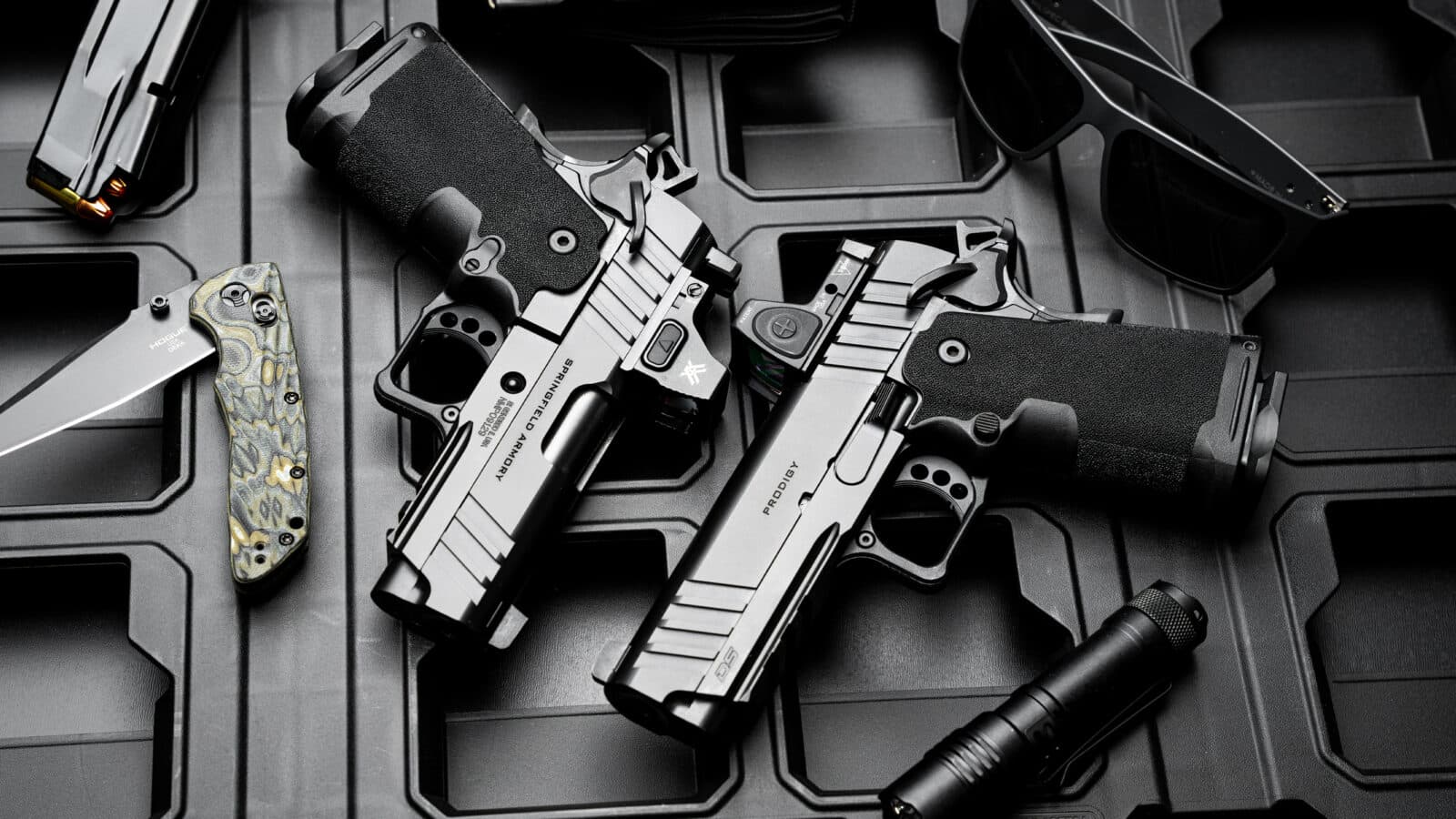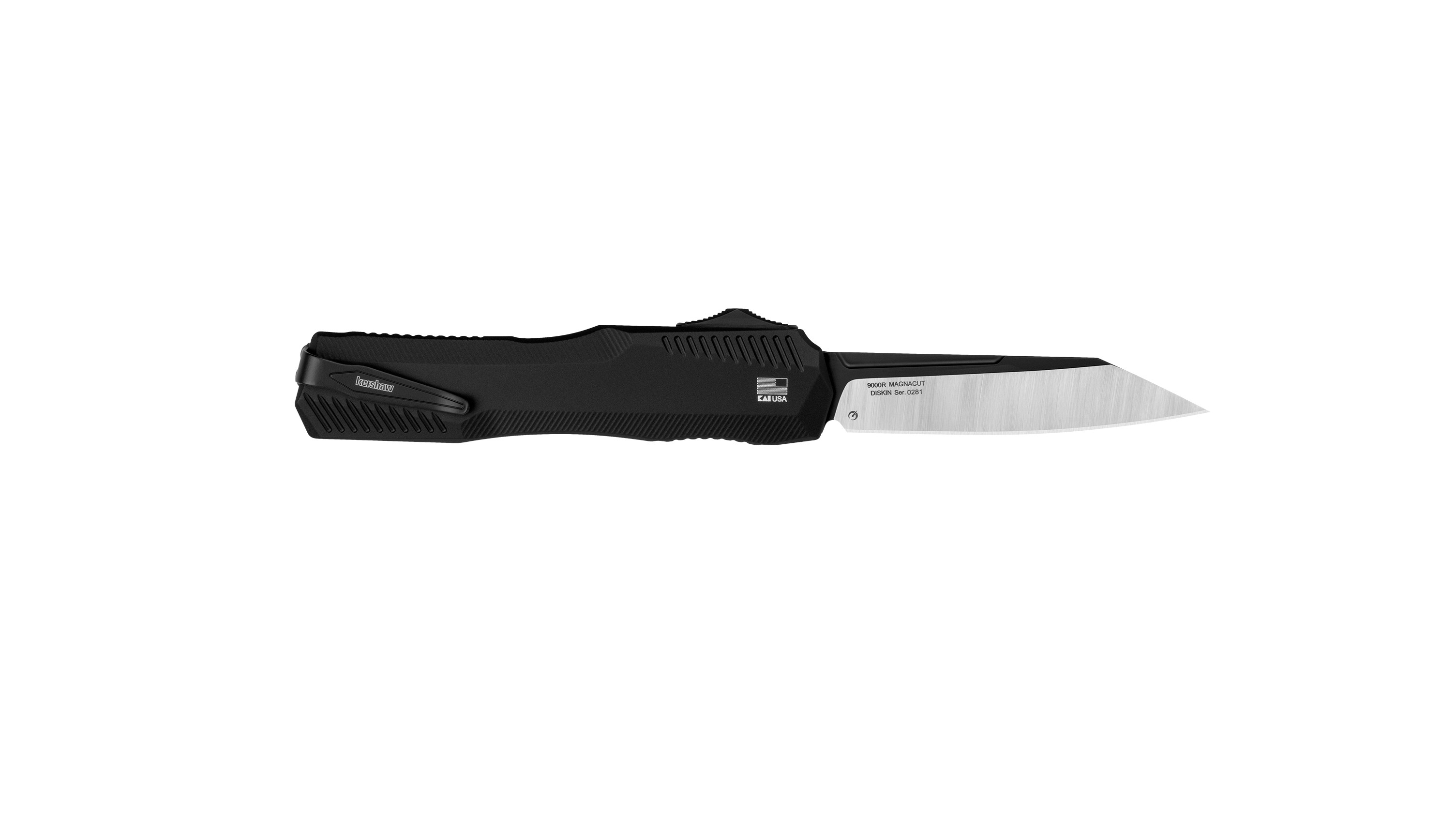There’s something about old and unique firearms—significant to history or not—that has held my attention since I was a youngin’. Perhaps that’s why I immediately flip to “Fightin’ Iron” and “The Classics” when the latest edition of Shooting Illustrated arrives. Unfortunately, I can’t afford to buy original versions of the classic firearms that fascinate me. Even if I could, shooting them would risk lowering their values, and I’m just not the wall-hanger type.
Thankfully, there are two (sometimes intertwined) routes that provide access to shootable classics: clones and parts kits. The clone category comprises the widest variety of options to grab something that approximates a popular, historic and unaffordable rifle. Skipping past common clones, such as the AR and AK families, I’ll examine options for several popular fighting rifles whose scarcity has placed originals out of reach for us mere mortals.
FALs have a dedicated following and remain particularly popular among historically minded battle-rifle fans. Owning an original requires one to locate a fully transferrable, selective-fire model for sale, jump through all the NFA registration hoops and then dish out somewhere between $10,000 and $20,000, at a minimum. Fortunately, less painful options fill the void in the semi-auto market. Currently, DS Arms’ STG-58 series is the only option for new, off-the-shelf FAL clones. Retail prices start around $1,500, with a wide variety of models in DSA’s lineup. When I was in the Army, I tested a pair of updated DSA FALs and found them to be comfortable, reliable shooters.
FAL parts kits and receivers are also available, but a study of receiver brands and the pros and cons of metric and standard patterns is needed before taking the kit plunge. Several specialty shops will build a kit rifle on a receiver you provide. It’s also possible to find ready-made kit rifles from one of several companies. Last year, I lucked into a like-new Enterprise Arms/IMBEL semi-auto for two-thirds the cost of a newly made FAL. However, that required a year of watching several auction sites to find the right rifle. It helped that the auction featured several, nearly identical FALs, which tend to decrease bid prices and increase one’s chances of winning a live firearm auction. (Please keep that tip to yourself.)
Interest in the IMI Galil design has ebbed and flowed in the U.S. over the decades (I’m talking about the classic Galil, not the modernized IWI Galil ACE models available new from the factory today). Surplus Galil parts kits lacking receivers (and sometimes barrels) can be found in varying conditions. U.S.-made components needed to complete a kit are also available. Used ATI Galeo rifles are still floating around, but reviews are decidedly mixed on these. A relatively new Galeo was recently brought into my shop for work, and to say it’s a mess would be an overly kind understatement.
Current production Galil clones include rifles built from parts kits by James River and Southern Tactical in the $1,000 to $2,000 range. I haven’t laid hands on these particular models, but from what I can decipher in advertising, they appear to be decent. Southern Tactical also offers clones of the Czech VZ-58 and Uzi carbine, each built from original surplus parts kits and U.S. components.
Back when firearm-manufacturer catalogues were mailed out in regular envelopes, H&K’s full-color poster version hung on my bedroom wall. The one rifle that always drew me in was its semi-auto version of the G3, tailored to the U.S. market: the HK91. By today’s standards, it is big, clunky and lacking conveniences. But, to a child of the 1970s and ’80s, it was a rugged battle rifle worth coveting. Costing $400 to $500 in the early 1980s, “pre-ban” HK91s typically start around $3,500 and can pass the $10,000 mark today. I couldn’t afford one then, and can’t justify the expense now.
My youthful desire to handle one of these beauties was finally realized during my Army years. My sniper buddy and I carried accurized G3A4s and shared a G3A3, which we’d cut down into a feisty little truck gun, during a pair of back-to-back overseas tours. While not up to 21st-century ergonomic standards—especially considering we’re both southpaws—our G3s still served us quite well.
Those experiences compelled me to jump into the HK91 clone market with a PTR-91 a few years later. My PTR feels and shoots exactly the same as the beast I used on distant battlefields. It’s compatible with most OEM and aftermarket H&K-pattern parts and even launches my mangled brass into the next county, just like the originals do.
PTR Industries’ current “GI” models start at $1,529 (MSRP) and are available in original and updated variants. They also have versions of H&K’s other classic roller-delayed-blowback rifles in 5.56 NATO, 9 mm and 7.62×39 mm. On the resale market, Springfield Armory’s SAR-8s occasionally pop up at slightly higher prices. Looking at current models, Zenith Firearms is currently waitlisting customers who are interested in H&K clones advertised in traditional and newer chamberings.
While no longer available in high numbers, used CETME Sporters from Century Arms International (CAI) are still floating around. Unfortunately, quality has been a near-universal problem with them. I worked on several CAI CETMEs during my early gunsmithing years, and though I was able to get them running, not one of them inspired confidence. Several CETME-type rifles built on original surplus parts with the requisite (seven) U.S.-made components to achieve 922(r) compliance are currently offered by Southern Tactical.
This is just a snapshot of some common imitation options. Whether you’ve always wanted one of the historic flintlock long rifles that helped establish this nation, a famous lever- action that tamed the west, or a 20th-century American classic like the M1 Carbine or an M14/M1A variant, there are high quality, good-shooting options available today.
If your personal favorite isn’t currently offered, hang in there. Brownells has entered the fray with lower-price clones of sought-after fighting rifles, while small manufacturers and custom shops offer a growing crop of classic knockoffs. So, there’s a fair chance that shootable clone options will increase as the nostalgia bug continues to claim victims.
Read the full article here


![Best 10mm Carbines [Tested] – Gun Digest Best 10mm Carbines [Tested] – Gun Digest](https://gundigest.com/wp-content/uploads/10mm-carbine-feature-kriss-vector.jpg)









Leave a Reply